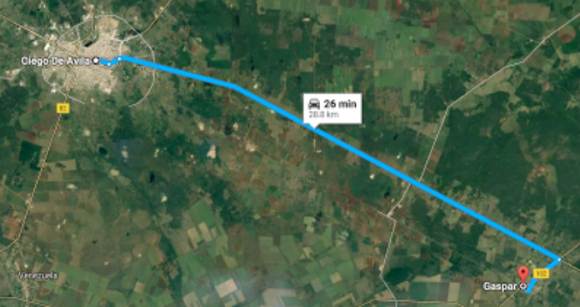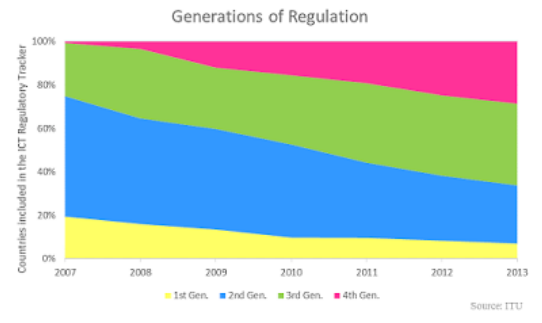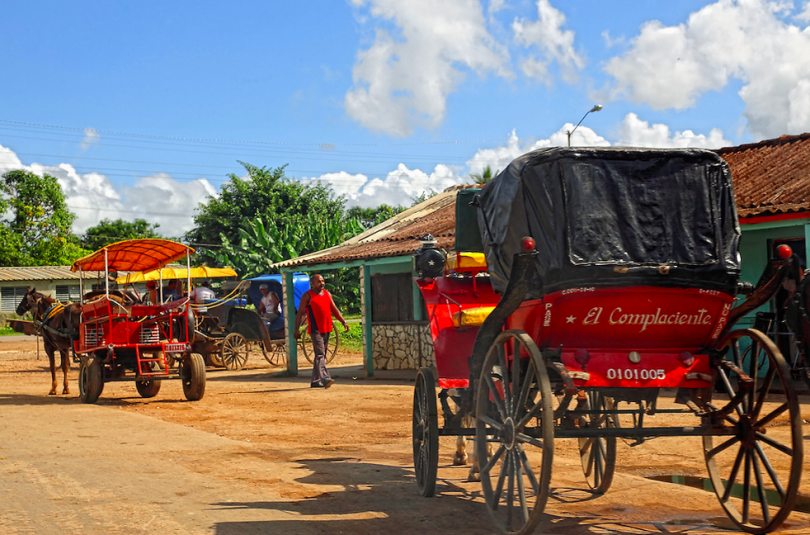aNewDomain — Cuban streetnets, local area networks with independent users who are not connected to the Internet, are booming in the island nation.
Streetnets are illegal in Cuba. So far, the government has ignored some and cracked down on others, but officials are known to tolerate them so long as they remain apolitical and avoid pornography and other controversial material. Which brings me to subject of Gaspar Social, a streetnet that popped up in the small Cuban town of Gaspar last October.
Cuban officials noticed Gaspar Social but did not shut it down, says Yoandi Alvarez, one of the network’s creators, adding that officials did make “it clear our network was illegal, but that they wouldn’t be taking our antennas down.”
In fact, according to Alvarez, officials even gave Gaspar Social operators instructions on how apply for a permit, which would allow the some 500 Gaspar residents who use it to continue to play games, download software, share files and otherwise socialize as normal on the streetnet.
However, Gaspar Social isn’t connected to the Internet. It should be.
The situation in Ciego de Ávila
It is not a crazy or untenable idea. The capital of the province where Gaspar is located, Ciego de Ávila, boasts six ETESCA WiFi hotspots and three navigation rooms. Befitting its status as a provincial capital, the city certainly must have many government, medical and educational users.
That is to say, there must be relatively fast backhaul to the Internet in Ciego de Ávila.
This is why connecting Gaspar to Ciego de Ávila would be a relatively cheap and easy enterprise. As you see below, they are only 28.2 kilometers apart on the road (25 kilometers as the crow flies) and the terrain is flat. Its elevation is 5.1 meters, compared to Ciego de Ávila’s 49 meters.

The two municipalities could be connected with a high-speed wireless link or some fiber. The flat terrain favors a wireless link and the road could provide a right-of-way for fiber.
It’s true that installing 28 kilometers of fiber would be expensive in the US, but Cuba is not the US.
All it would take is a community project using International Telecommunication Union (ITU) L.1700 cable. If you don’t believe it, check out this community fiber project, in Bhutan.
The elephant in the room? ETESCA, of course.
As you might suspect, ETECSA is the elephant in this hypothetical room.
 According to the ITU, which tracks regulatory evolution, Cuba was one of the few remaining first-generation (regulated public monopoly) nations as of 2013.
According to the ITU, which tracks regulatory evolution, Cuba was one of the few remaining first-generation (regulated public monopoly) nations as of 2013.
I have long suggested that ETECSA consider streetnets as complementary collaborators, and it is actually beginning to happen.
Last year, Cuban officials allowed a small streetnet to connect to a WiFi hotspot.
It’s time to take that move to the next level.
Cuba has a well-deserved reputation for improvisation and appropriate-technology innovation. I am not suggesting that they jump suddenly to fourth generation regulation, which is defined as being led by economic and social policy goals.
It should, however, run a pilot test. And the first step: Connecting Gaspar Social to the Internet.
Here is a short video (1:56) on Gaspar Social:
And here is a longer video (13:48) with interviews of the network creators:
For aNewDomain, I’m Larry Press.
Cover image of Gaspar, Cuba: RobinThom photography, All Rights Reserved.













